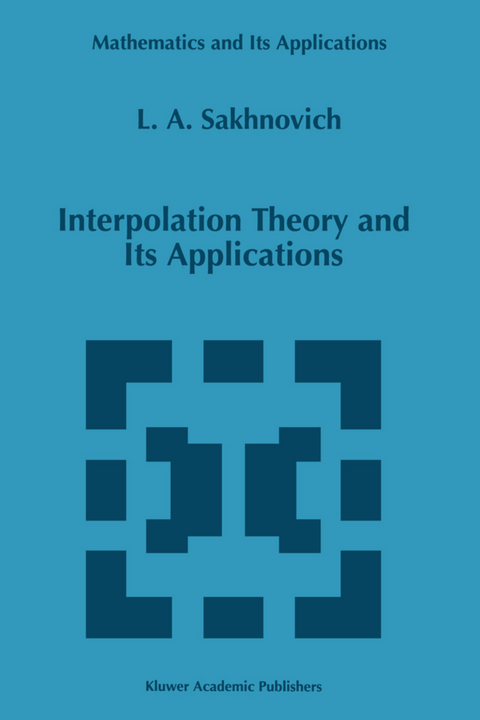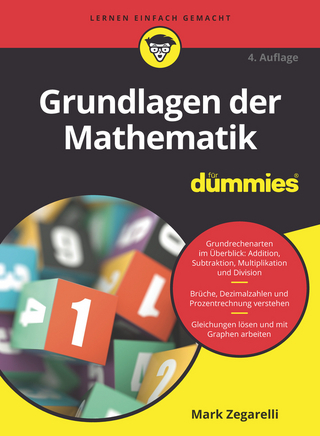
Interpolation Theory and Its Applications
Springer (Verlag)
978-94-010-6516-0 (ISBN)
1.Operator Identities and Interpolation Problems.- 1.1. Operator identities and statement of the problem.- 1.2. A matrix inequality.- 1.3. A transformed inequality.- 1.4. The solution of non-degenerate interpolation problems.- 1.5. The Weyl discs.- 1.6. Degenerate problems, a regularization method.- 1.7. Examples.- 2. Interpolation Problems in the Unit Circle.- 2.1. Operator identities and statement of the problem.- 2.2. Abstract matrix inequality.- 2.3. A transformed inequality.- 2.4. The solution of non-degenerate interpolation problems.- 2.5. Examples.- 3. Hermitian-Positive Functions of Several Variables.- 3.1. Auxiliary section.- 3.2. Non-extendible Hermitian-positive functions of two variables (discrete case).- 3.3. Non-extendible Hermitian-positive functions of three variables (discrete case).- 3.4. Continuous variant of extension problem.- 3.5. Concrete examples instead of existence theorems.- 3.6. Non-negative polynomials which cannot be represented in the form of the squares sum.- 4. De Branges Spaces of Entire Functions.- 4.1. De Branges spaces.- 4.2. De Branges matrices.- 4.3. The Parseval Equality.- 4.4. A functional model.- 4.5. On the linear equivalence of operators.- 4.6. The Parseval equality (continuation).- 5. Degenerate Problems (Matrix Case).- 5.1. Canonical representations.- 5.2. Solution of matrix inequality.- 5.3. Degenerate problems in the unit circle.- 6. Concrete Interpolation Problems.- 6.1. Tangential problem.- 6.2. Interpolation problems for the class of bounded functions.- 6.3. Schur problem.- 6.4. The Nevanlinna-Pick problem in the circle.- 6.5. Generalized stationary processes.- 7. Extremal Problems.- 7.1. Extremal Interpolation Problem.- 7.2. Schur extremal problem.- 7.3. Nevanlinna-Pick extremal problem.- 7.4. Maximal jump problem.- 8.Spectral Problems for Canonical Systems of Difference Equations.- 8.1. Direct and Inverse Spectral Problems on the Half-axis.- 8.2. The connection of the canonical systems with the classical systems.- 8.3. Livsic-Brodskii nodes and spectral theory.- 8.4. Spectral problems on the axis.- 8.5. Weyl-Titchmarsh matrix functions.- 8.6. The inverse spectral problem on the axis.- 9. Integrable Nonlinear Equations (Discrete Case).- 9.1. Evolution law of spectral data.- 9.2. Construction of hierarchy.- 10. On Semi-Infinite Toda Chain.- 10.1. Inverse problem and evolution of spectral data.- 10.2. Semi-infinite chain with a free end.- 10.3. The evolution law for the Toda chain with a fixed end.- 10.4. Analytical properties of the Weyl-Titchmarsh function.- 10.5. A half-finite chain with a fixed end, the solving procedure.- 10.6. Finite chain, solution procedure.- 11. Functions with an Operator Argument.- 11.1. Nevanlinna class functions with an operator argument.- 11.2. Positive functions with an operator argument.- 11.3. On Sarason scheme.- 11.4. Factorization formula.- Commentaries and Remarks.
| Reihe/Serie | Mathematics and Its Applications ; 428 | Mathematics and Its Applications ; 428 |
|---|---|
| Zusatzinfo | XVIII, 197 p. |
| Verlagsort | Dordrecht |
| Sprache | englisch |
| Maße | 160 x 240 mm |
| Themenwelt | Mathematik / Informatik ► Mathematik ► Allgemeines / Lexika |
| Mathematik / Informatik ► Mathematik ► Analysis | |
| Mathematik / Informatik ► Mathematik ► Logik / Mengenlehre | |
| ISBN-10 | 94-010-6516-0 / 9401065160 |
| ISBN-13 | 978-94-010-6516-0 / 9789401065160 |
| Zustand | Neuware |
| Informationen gemäß Produktsicherheitsverordnung (GPSR) | |
| Haben Sie eine Frage zum Produkt? |
aus dem Bereich


